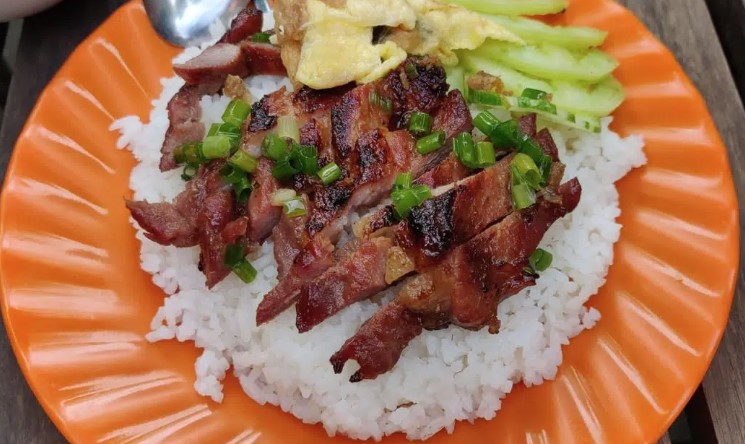Cambodian Cuisine: Introduction
Cambodian cuisine is as diverse as its geography, with influences from neighboring countries such as Vietnam, Laos, and Thailand, as well as French colonialism. Despite its similarities to other Southeast Asian cuisines, Cambodian food has its own unique flavor profile that is worth exploring. Cambodian cuisine is characterized by its use of fresh herbs, vegetables, and spices, which provide its dishes with a unique flavor and aroma.
Cambodian Spices & Ingredients
The use of fresh herbs, vegetables, and spices in Cambodian cuisine is essential. Cambodian cuisine is known for its use of herbs like lemongrass, galangal, and kaffir lime leaves. Cambodian dishes also rely heavily on a variety of spices such as turmeric, star anise, and cinnamon. Other key ingredients include fish sauce, palm sugar, and tamarind. The combination of these ingredients creates a complex flavor in Cambodian dishes.
Traditional Cambodian Dishes
Cambodian cuisine has several traditional dishes that are enjoyed both domestically and internationally. One of the most popular dishes is Amok, which is a type of fish soup cooked in coconut milk and flavored with lemongrass and kaffir lime leaves. Another popular dish is Lok Lak, which is a beef stir-fry served with a tangy lime and pepper sauce. Other traditional Cambodian dishes include Kuy Teav (noodle soup), Bai Sach Chrouk (grilled pork and rice), and Num Banh Chok (rice noodle with fish curry).
The Role of Spices in Cambodian Cuisine
Spices play a crucial role in Cambodian cuisine, providing depth and complexity to dishes. Cambodian cooking uses a blend of different spices and herbs, which are often ground together into a paste or used as a spice mix. Many Cambodian dishes require the use of a spice paste made with fresh herbs and spices. The paste is then used as a base for cooking meat, vegetables, or seafood.
Spiciness in Cambodian Cooking
Cambodian cuisine is known for its use of spices, but it is not necessarily spicy. Most dishes are well-balanced, with a slight kick of heat that comes from fresh chilies or chili paste. Compared to the spiciness of Thai cuisine, Cambodian dishes tend to be milder. However, some Cambodian dishes, especially those from the northern regions, can be quite spicy.
Regional Variations in Cambodian Spiciness
Regional variations in Cambodian cuisine can affect the level of spiciness in dishes. Northern Cambodian cuisine, for example, tends to be spicier than southern Cambodian cuisine. The northern region is closer to Thailand and Laos, which have spicier food cultures. In contrast, the southern region is influenced by Vietnam, which has a milder cuisine. Additionally, individual chefs and households may have their own preferences for the level of spiciness in their dishes.
Common Spices Used in Cambodian Cooking
Cambodian cuisine uses a variety of spices, but some of the most common ones include turmeric, lemongrass, kaffir lime leaves, and star anise. Other spices that are commonly used in Cambodian cooking include cinnamon, cardamom, coriander, and cumin. Additionally, fresh herbs like garlic, shallots, and ginger are often used to flavor Cambodian dishes.
Cambodian Cuisine: Mild or Spicy?
In conclusion, Cambodian cuisine is known for its use of fresh herbs, vegetables, and spices, but it is not necessarily spicy. Most dishes are well-balanced, with a slight kick of heat that comes from fresh chilies or chili paste. However, some Cambodian dishes can be quite spicy, especially those from the northern regions. Ultimately, the level of spiciness in Cambodian cuisine varies depending on regional and individual preferences.

